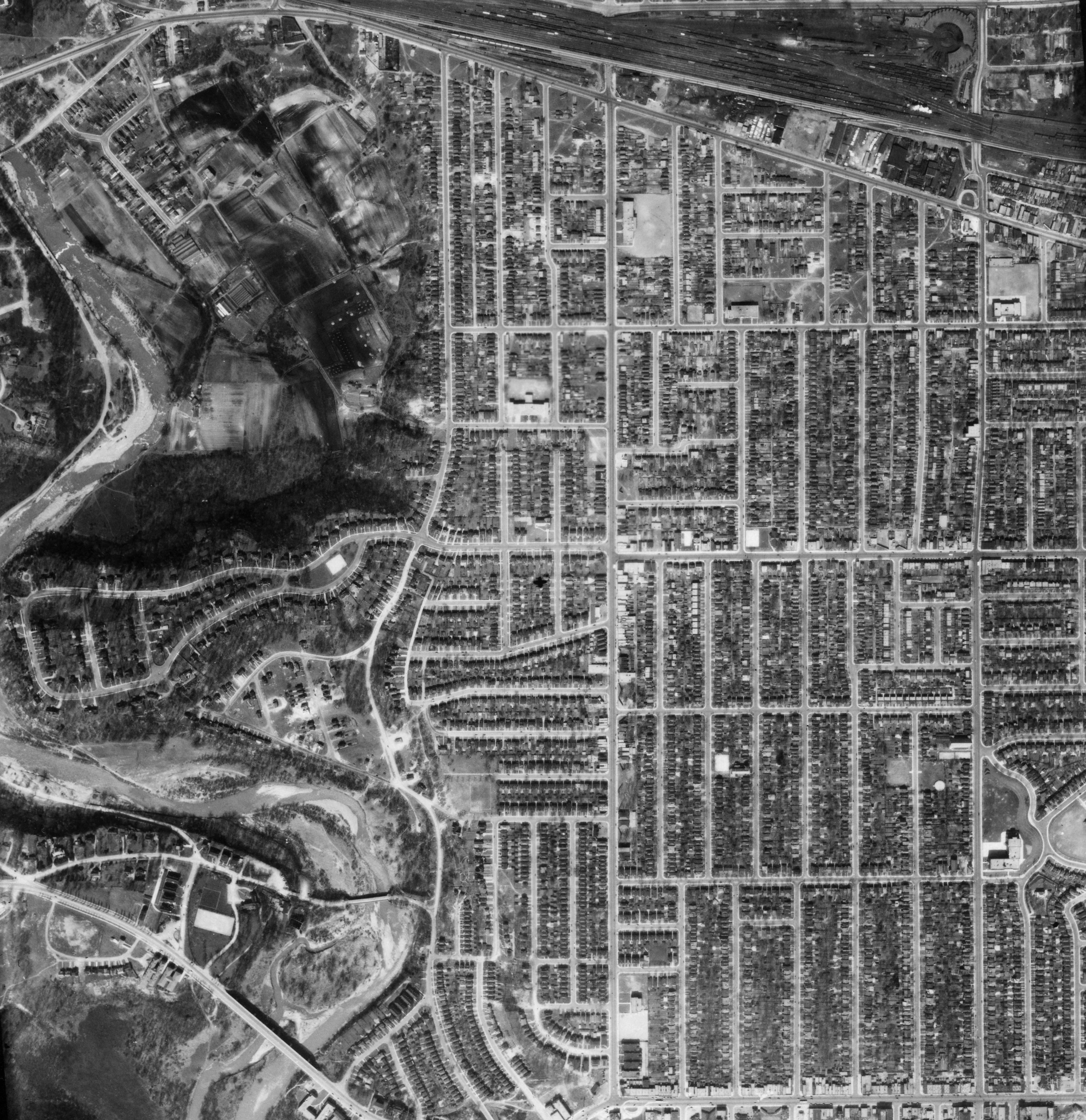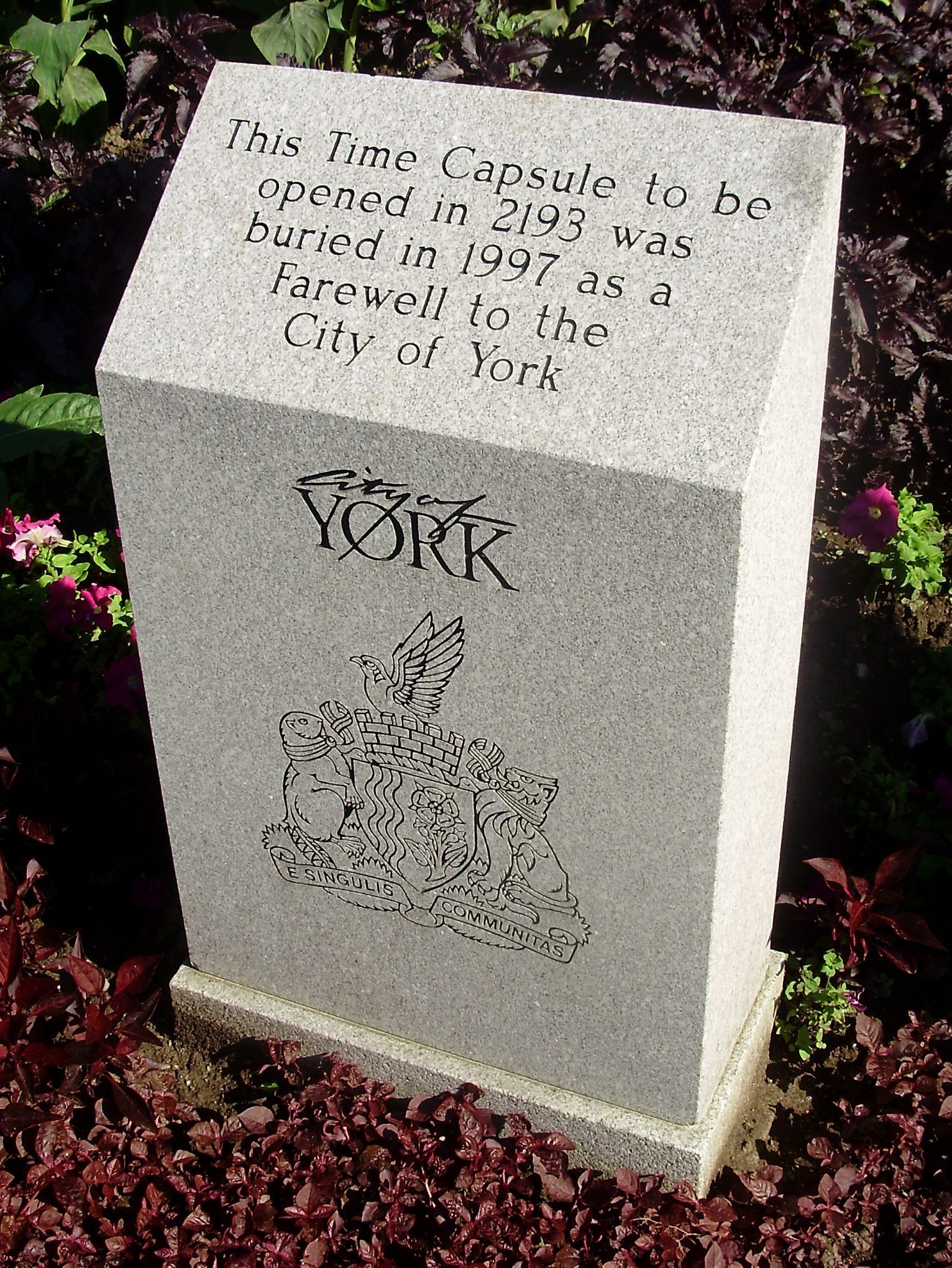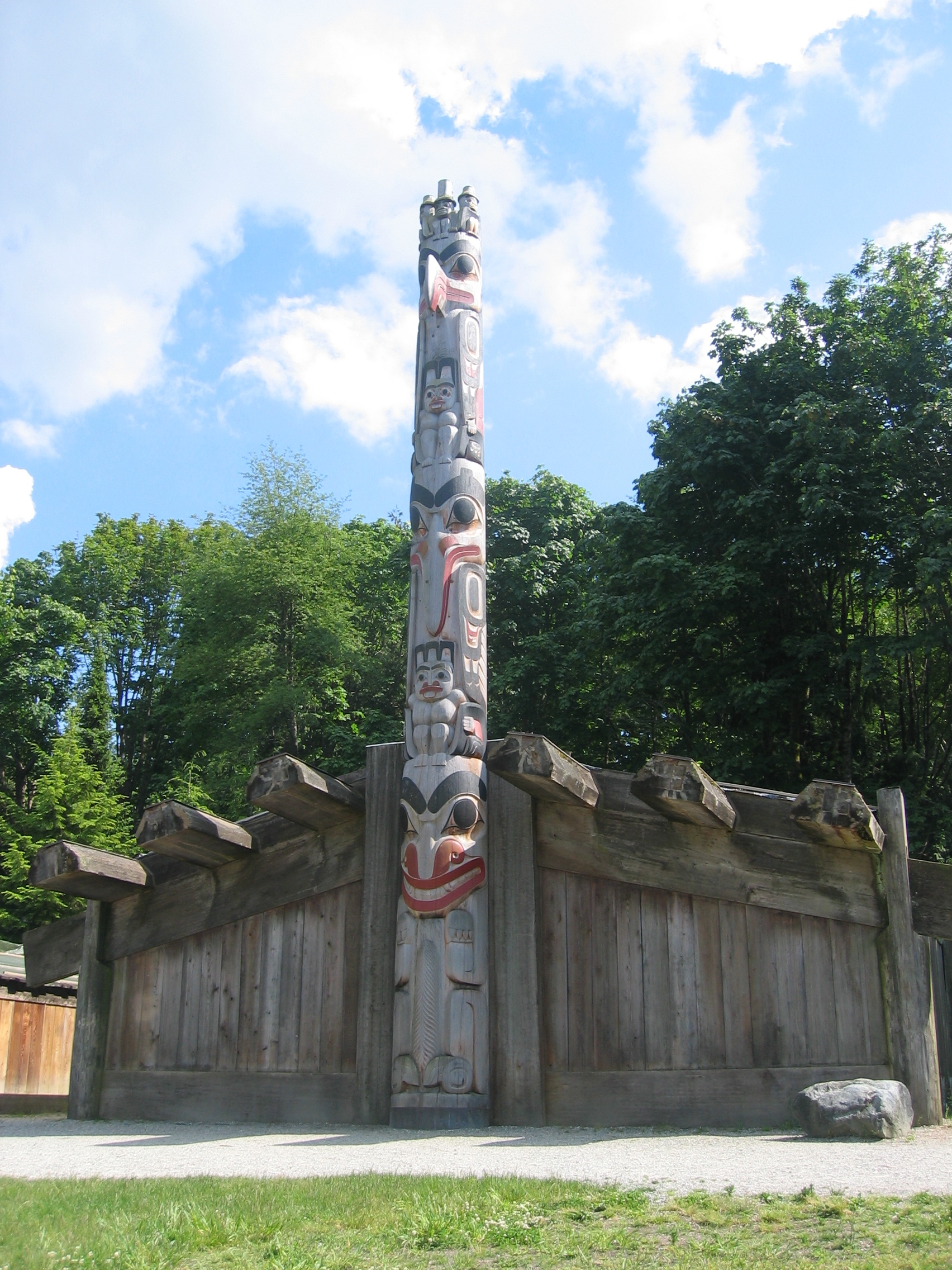|
Teiaiagon
Teiaiagon, or Taiaiako'n, was an Iroquoian village on the east bank of the Humber River in what is now the York district of Toronto, Ontario, Canada. It was located along the Toronto Carrying-Place Trail. The site is near the current intersection of Jane Street and Annette Street, at which is situated the community of Baby Point. The name means "It crosses the stream." History Percy Robinson's ''Toronto During the French Regime'' shows Teiaiagon as being a jointly occupied village of Seneca and Mohawk peoples of the Haudenosee/Iroquois. Helen Tanner's ''Atlas of Great Lakes Indian History'' describes Teiaiagon as a Seneca village around the years 1685-1687. The period of occupation is unknown precisely, but was in place well before that time, judging by what archaeological remains exist. Étienne Brûlé passed through Teiaiagon in 1615. The village was on an important route for the developing fur trade industry, and it was also "surrounded by horticultural fields". Willi ... [...More Info...] [...Related Items...] OR: [Wikipedia] [Google] [Baidu] |
Baby Point
Baby Point is a residential neighbourhood in Toronto, Ontario, Canada. It is bounded on the west by the Humber River from south of Baby Point Crescent to St. Marks Road, east to Jane Street and Jane Street south to Raymond Avenue and Raymond Avenue west to the Humber. It is within the city-defined neighbourhood of 'Lambton-Baby Point'. Baby Point is within the proximity of Jane station. The neighbourhood was at one time an Iroquois village, called Teiaiagon. The village had a population of 5000 at its peak. In the 19th century, lawyer James Baby bought the land from the Upper Canada government, which had bought it as part of the Toronto Purchase. The land was developed into the current neighbourhood in the early 20th century as part of York Township. The name is pronounced by locals as "Bobby" or "Babby"to rhyme with tabby or cabbiein an approximation of how James Baby pronounced his surname. History The Baby Point enclave was originally a Seneca and Mohawk village, known ... [...More Info...] [...Related Items...] OR: [Wikipedia] [Google] [Baidu] |
York, Toronto
York is a district and former city within Toronto, Ontario, Canada. It is located northwest of Old Toronto, southwest of North York and east of the Humber River (Ontario), Humber River. Originally formed as York Township, it encompassed the southern section of York County. It was split several times, creating East York and North York. In 1953, it became part of the Metropolitan Toronto federation. It absorbed several municipalities, including Lambton, Toronto, Lambton Mills and Weston, Toronto, Weston and was eventually known as the City of York. In 1998, it was dissolved along with Metro Toronto and its constituent municipalities, amalgamation of Toronto, amalgamated to form the current Municipal government of Toronto, City of Toronto. Today, the area is integrated into the multicultural mosaic of Toronto. The area is home today to several ethnic enclaves such as Portuguese, Jamaican and Latin American neighbourhoods. History Teiaiagon, settled by the Iroquois on the east ... [...More Info...] [...Related Items...] OR: [Wikipedia] [Google] [Baidu] |
Humber River (Ontario)
The Humber River (, ) is a river in Southern Ontario, Canada. It is in the Great Lakes Basin, is a tributary of Lake Ontario and is one of two major rivers on either side of the city of Toronto, the other being the Don River (Ontario), Don River to the east. It was designated a Canadian Heritage Rivers System, Canadian Heritage River on September 24, 1999. The Humber collects from about 750 creeks and tributaries in a fan-shaped area north of Toronto that encompasses portions of Dufferin County, the Regional Municipality of Peel, Simcoe County, and the Regional Municipality of York. The main branch runs for about from the Niagara Escarpment in the northwest, while another major branch, known as the East Humber River, starts at Lake St. George in the Oak Ridges Moraine near Aurora, Ontario, Aurora to the northeast. They join north of Toronto and then flow in a generally southeasterly direction into Lake Ontario at what was once the far western portions of the city. Shows the cours ... [...More Info...] [...Related Items...] OR: [Wikipedia] [Google] [Baidu] |
Toronto
Toronto ( , locally pronounced or ) is the List of the largest municipalities in Canada by population, most populous city in Canada. It is the capital city of the Provinces and territories of Canada, Canadian province of Ontario. With a population of 2,794,356 in 2021, it is the List of North American cities by population, fourth-most populous city in North America. The city is the anchor of the Golden Horseshoe, an urban agglomeration of 9,765,188 people (as of 2021) surrounding the western end of Lake Ontario, while the Greater Toronto Area proper had a 2021 population of 6,712,341. As of 2024, the census metropolitan area had an estimated population of 7,106,379. Toronto is an international centre of business, finance, arts, sports, and culture, and is recognized as one of the most multiculturalism, multicultural and cosmopolitanism, cosmopolitan cities in the world. Indigenous peoples in Canada, Indigenous peoples have travelled through and inhabited the Toronto area, ... [...More Info...] [...Related Items...] OR: [Wikipedia] [Google] [Baidu] |
Toronto Carrying-Place Trail
The Toronto Carrying-Place Trail, also known as the Humber Portage and the Toronto Passage, was a major portage route in Ontario, Canada, linking Lake Ontario with Lake Simcoe and the northern Great Lakes (North America), Great Lakes. The name comes from the Mohawk language, Mohawk term ''toron-ten'', meaning "the place where the trees grow over the water", an important landmark on Lake Simcoe through which the trail passed. Route From Lake Ontario, the trail ran northward along the eastern bank of the Humber River (Ontario), Humber River. It forked at Woodbridge, Ontario, Woodbridge, with one path crossing the east branch of the Humber and running along the west side of the river to the vicinity of Kleinburg, Ontario, Kleinburg, where it crossed the river again. This trail was probably used during the seasons when the water was low enough to ford. The other path of the fork followed the east side of the river and angled cross-country to King Creek, Ontario, King Creek, joining ... [...More Info...] [...Related Items...] OR: [Wikipedia] [Google] [Baidu] |
Longhouse
A longhouse or long house is a type of long, proportionately narrow, single-room building for communal dwelling. It has been built in various parts of the world including Asia, Europe, and North America. Many were built from lumber, timber and often represent the earliest form of permanent structure in many cultures. Types include the Neolithic long house of Europe, the Norman Medieval Longhouses that evolved in Western Britain (''Tŷ Hir'') and Northern France (''Longère''), and the Longhouses of the indigenous peoples of North America, various types of longhouse built by different cultures among the indigenous peoples of the Americas. Europe The Neolithic long house type was introduced with the first farmers of Central Europe, Central and Western Europe around 5000 BCE, 7,000 years ago. These were farming settlements built in groups of six to twelve longhouses; they were home to large extended families and kin. The Germanic cattle-farmer longhouses emerged along the southw ... [...More Info...] [...Related Items...] OR: [Wikipedia] [Google] [Baidu] |
Fort Frontenac
Fort Frontenac was a French trading post and military fort built in July 1673 at the mouth of the Cataraqui River where the St. Lawrence River leaves Lake Ontario (at what is now the western end of the La Salle Causeway), in a location traditionally known as Cataraqui. It is the present-day location of Kingston, Ontario, Canada. The original fort, a crude, wooden palisade structure, was called Fort Cataraqui but was later named for Louis de Buade de Frontenac, Governor of New France who was responsible for building the fort. It was abandoned and razed in 1689, then rebuilt in 1695. The British destroyed the fort in 1758 during the Seven Years' War and its ruins remained abandoned until the British took possession and reconstructed it in 1783. In 1870–71 the fort was turned over to the Canadian military, who continue to use it. History Establishment and early use The intent of Fort Frontenac was to control the lucrative fur trade in the Great Lakes Basin to the west and th ... [...More Info...] [...Related Items...] OR: [Wikipedia] [Google] [Baidu] |
Brigantine
A brigantine is a two-masted sailing vessel with a fully square-rigged foremast and at least two sails on the main mast: a square topsail and a gaff sail mainsail (behind the mast). The main mast is the second and taller of the two masts. Older usages are looser; in addition to the rigorous definition above (attested from 1695), the ''Oxford English Dictionary'' includes two definitions: "a small vessel equipped both for sailing and rowing, swifter and more easily manœuvred than larger ships" and "(loosely) various kinds of foreign sailing and rowing vessels, as the galleon, galliot, etc." Modern American definitions include vessels without any square sail(s) on the main mast. Mediterranean brigantines In the Mediterranean Basin during the 13th century, a brigantine referred to a sail- and oar-driven war vessel. It was lateen rigged on two masts and had between eight and twelve oars on each side. Its speed, maneuverability, and ease of handling made it a favourite of Med ... [...More Info...] [...Related Items...] OR: [Wikipedia] [Google] [Baidu] |
Récollets
The Franciscan Recollects () were a French reform branch of the Friars Minor, a Franciscan order. Denoted by their gray habits and pointed hoods, the Recollects devoted their lives to an extra emphasis on prayer, penance, and spiritual reflection (recollection), focusing on living in small, remote communities to better facilitate these goals. Today they are best known for their activities as missionaries in various parts of the world, most notably in early French Canada. This branch of the Order had its origins in the 16th century. Officially named the "Order of Friars Minor Recollect", they used the post-nominal initials O.F.M. Rec. ()"Order of Friars Minor Recollect (O.F.M. Rec.) - Récollets" ''GCatholic.org''. Gabriel Chow. Retrieved February 29, 2016 or O.M.R. (). In 1897 |
Louis Hennepin
Louis Hennepin, OFM (born Antoine Hennepin; ; 12 May 1626 – 5 December 1704) was a Belgian Catholic priest and missionary best known for his activities in North America. A member of the Recollects, a minor branch of the Franciscans, he travelled to New France and proselytised to several Native American tribes. Biography Antoine Hennepin was born in Ath in the Spanish Netherlands (present-day Hainaut, Belgium). In 1659, while he was living in the town of Béthune, it was captured by the army of Louis XIV of France. Henri Joulet, who accompanied Hennepin and wrote his own journal of their travels, called Hennepin a Fleming (a native of Flanders), although Ath was and still is a Romance-speaking area found in present-day Wallonia. Hennepin joined the Franciscans, and preached in Halles (Belgium) and in Artois. He was then put in charge of a hospital in Maestricht. He was also briefly an army chaplain. At the request of Louis XIV, the Récollets sent four missionaries to ... [...More Info...] [...Related Items...] OR: [Wikipedia] [Google] [Baidu] |
Upper Canada And The Iroquois Confederacy
Upper may refer to: * Shoe upper or ''vamp'', the part of a shoe on the top of the foot * Stimulant, drugs which induce temporary improvements in either mental or physical function or both * ''Upper'', the original film title for the 2013 found footage film ''The Upper Footage'' * Dmitri Upper Dmitri Sergeyevich Upper (; born July 27, 1978) is a Kazakhstani former professional ice hockey center. He also holds Russian citizenship. Career Upper was selected by the New York Islanders in the 5th round (136th overall) of the 2000 NHL ... (born 1978), Kazakhstani ice hockey player See also * Uppers (video game), a video game by Marvelous {{Disambiguation ... [...More Info...] [...Related Items...] OR: [Wikipedia] [Google] [Baidu] |
La Salle Expeditions
LA most frequently refers to Los Angeles, the second most populous city in the United States of America. La, LA, or L.A. may also refer to: Arts and entertainment Music * La (musical note), or A, the sixth note *"L.A.", a song by Elliott Smith on ''Figure 8'' (album) * ''L.A.'' (EP), by Teddy Thompson *'' L.A. (Light Album)'', a Beach Boys album * "L.A." (Neil Young song), 1973 * The La's, an English rock band * L.A. Reid, a prominent music producer * Yung L.A., a rapper * Lady A, an American country music trio * "L.A." (Amy Macdonald song), 2007 *"La", a song by Australian-Israeli singer-songwriter Old Man River *''La'', a Les Gordon album Other media * l(a, a poem by E. E. Cummings * La (Tarzan), fictional queen of the lost city of Opar (Tarzan) *'' Lá'', later known as Lá Nua, an Irish language newspaper * La7, an Italian television channel *LucasArts, an American video game developer and publisher * Liber Annuus, academic journal Business, organizations, and governm ... [...More Info...] [...Related Items...] OR: [Wikipedia] [Google] [Baidu] |







